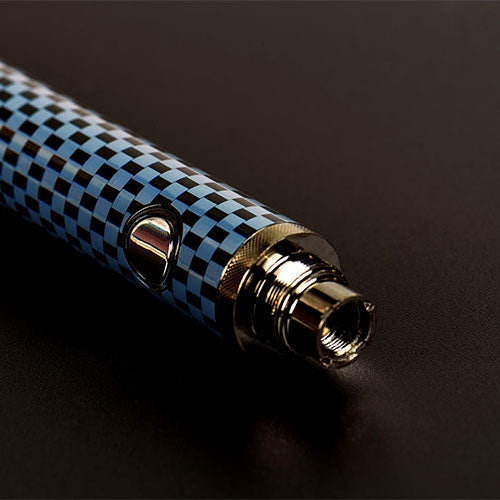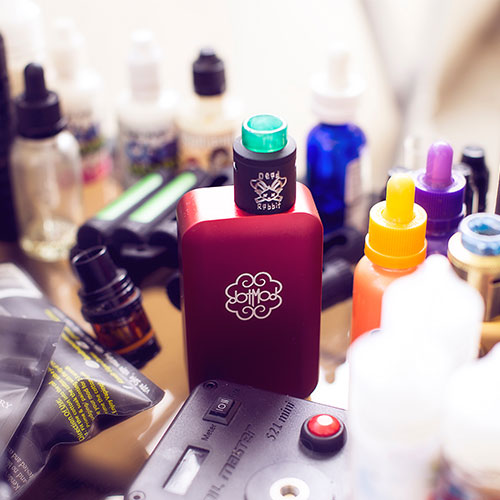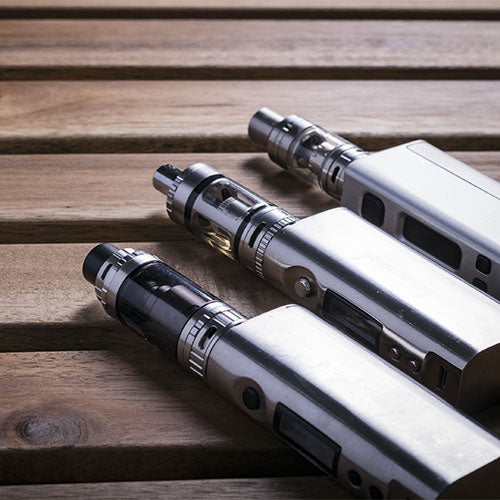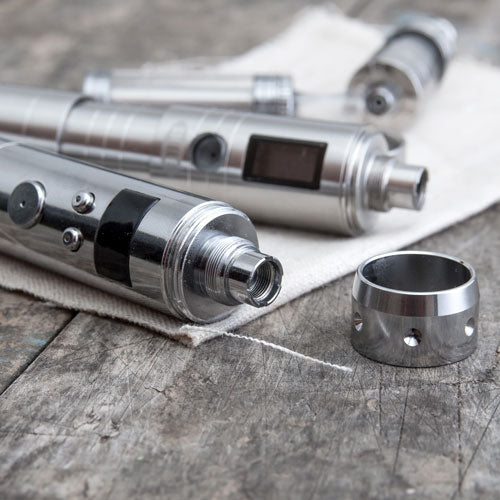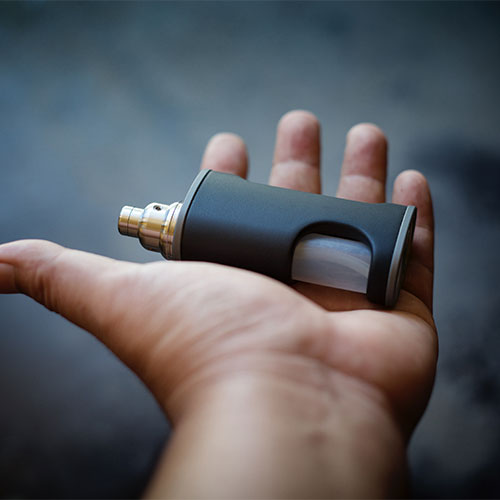Vape Mods
Hey, RiP, what's the difference between variable voltage and variable wattage?
Variable wattage allows you to set the device to your favorite setting, which will then automatically adjust the voltage for you to match the resistance of whatever atomizer or clearomizer you're using. Variable voltage, on the other hand, is what controls the level of heat coming to your coil.
But RiP, what does that mean in simple terms?
Variable wattage is like autopilot mode. Basically... Read the full video transcript below
Vape Mods by Type
Vape Mods by Brand
Hey, RiP, what's the difference between variable voltage and variable wattage?
Variable wattage allows you to set the device to your favorite setting, which will then automatically adjust the voltage for you to match the resistance of whatever atomizer or clearomizer you're using. Variable voltage, on the other hand, is what controls the level of heat coming to your coil.
But RiP, what does that mean in simple terms?
Variable wattage is like autopilot mode. Basically... Read the full video transcript below
Video Transcript: Vaping E Cigs Voltage vs Watts by RiP Trippers
Hey, RiP, what's the difference between variable voltage and variable wattage?
Variable wattage allows you to set the device to your favorite setting, which will then automatically adjust the voltage for you to match the resistance of whatever atomizer or clearomizer you're using. Variable voltage, on the other hand, is what controls the level of heat coming to your coil.
But RiP, what does that mean in simple terms?
Variable wattage is like autopilot mode. Basically, what variable wattage is doing is it's taking care of your voltage for you, so whatever wattage you set it to, it's gonna go ahead and automatically adjust the voltage for you. Whereas, variable voltage mode is like manual mode, you have to keep manually adjusting the voltage as resistance of that build, or whatever you're using, goes up. For example, let's just say I'm using a variable voltage, variable wattage device, something like a Sigelei Zmax. I've got a Nautilus tank on here or a ProTank, it doesn't matter. Let's just say the stock coil that came with it is a 1.8-ohm coil. I gotta set in variable voltage mode, I'm vaping on it, I'm vaping on it, a couple days goes by, the resistance goes up. Let's say it jumps up to 2 ohms, from 1.8 ohms to 2 ohms. Well, that means, if I've got a set variable voltage mode, I noticed that it's going to start hitting weaker because that variable voltage that I've set it to, it's not going anywhere, it's staying right there, it's in manual mode so that means I gotta hike the voltage up, 0.1, 0.2 increments.
I'm vaping on it, I'm vaping on it, I'm back to normal, I'm getting that strong hit, and then a couple days later, I noticed the resistance jumps a little bit more. Let's say, it jumped to 2.1 ohms, that means I gotta keep adjusting the voltage to the resistance that's constantly changing. I've dealt with that numerous times. There have been so many times where I'm vaping on a ProTank or Nautilus, and I've run into an issue like that where I'm using it in variable voltage mode. But with something like this, Hana Modz or something else that offers a variable wattage mode, you stick it in variable wattage, and you don't have to worry about the resistance jumping up because as that resistance jumps up in that stock coil from let's say 1.8 to 2 ohms, to 2.1, that wattage adjust everything for you. It's on autopilot mode. So those are the two differences.
Well, then, why are the variable wattage devices also include variable voltage options?
The good thing about variable voltage is that it allows you to fine-tune your settings. Most of the time with a lot of these Chinese devices that offer a variable wattage setting, they also offer a variable voltage setting, but I notice that with those products, the variable wattage setting isn't the most accurate. Okay? It's close, but it's not accurate. This Hana Modz, it has a DNA chip in there. The DNA 20s, the DNA 30s, those are super accurate. But you're getting what you pay for. This device is $250, this is automatically set in watts. So right now, I've got to set it to 24 watts, I've got a 1.3 ohm-coil and I know it's giving me 24 watts, it's consistent. Unlike something like the iTaste MVP Version 2, I noticed that for the iTaste MVP Version 2, at its maximum wattage setting, it's not even close to what it's saying, it's like a watt and a half off, and that is where I switch it to variable voltage mode because the wattage isn't the most accurate in some of those devices, I can set it to variable voltage mode, I can fine-tune and get exactly what I'm looking for.
It's like a photographer. They're setting their devices in manual mode, they're setting their lenses in manual mode, everything they do is manual mode, it's fine-tuning versus someone that picks up a point and shoot and it puts in automatic mode. The automatic mode for that point and shoot is like variable wattage, it takes care of everything, it takes care the exposure, it takes care of the shutter speed, the aperture. All of that stuff you don't have to worry about because that variable wattage takes care of. That's automatic mode, that's autopilot. Variable voltage, manual mode, you have to take care of all those details, but you can fine-tune it to whichever juice or coil you're using at that time. Makes sense? So those are the differences between variable voltage mode and variable wattage mode. I hope that helps.
This is RiP Trippers. And remember, smoking is dead, vaping is the future, and the future is now.

